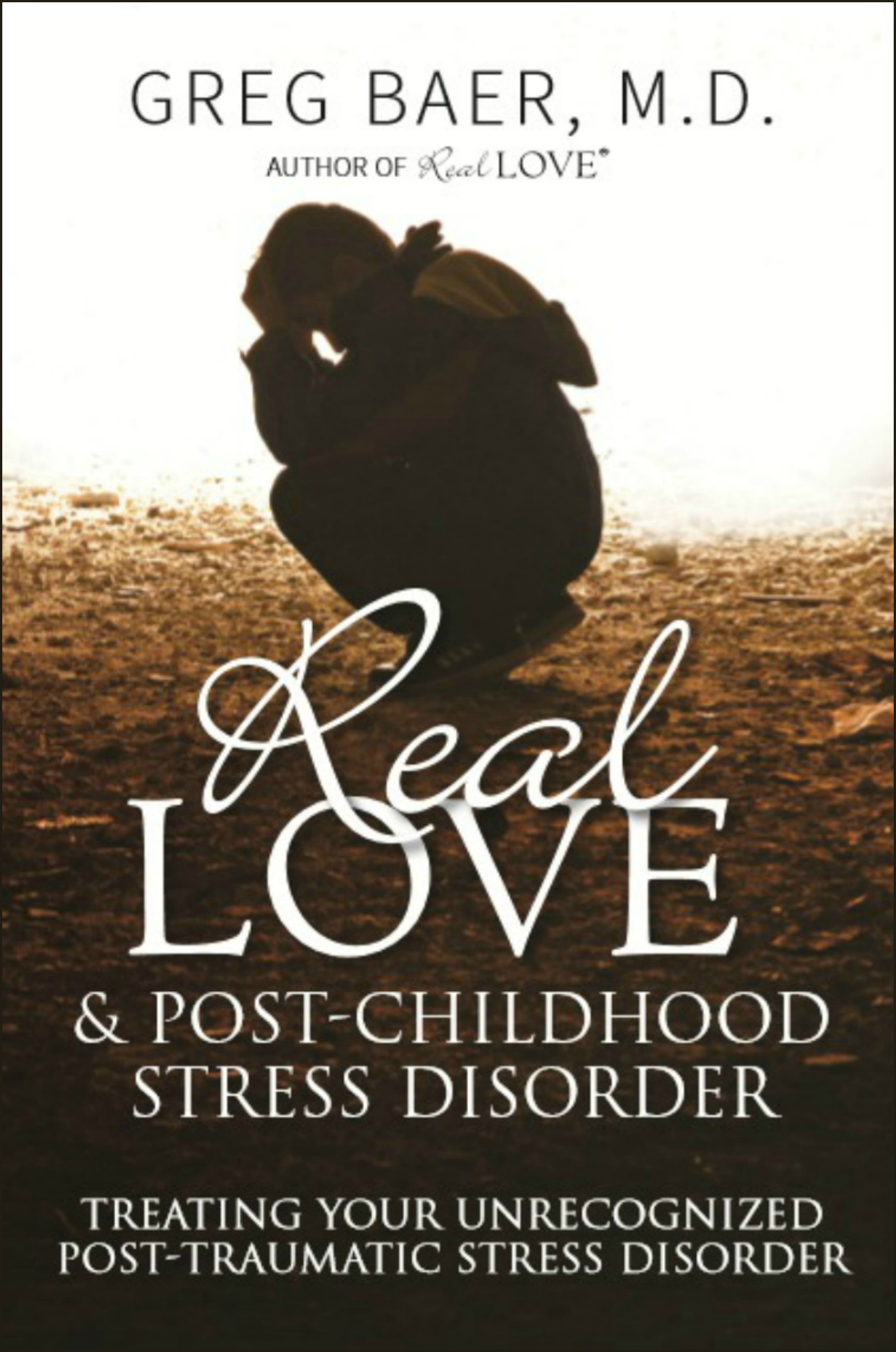Carrie was raised by a mother, Doreen, who was very unhappy as a result of her own childhood, which was dominated by her parents’ alcohol abuse, anger, and screaming. It should be no surprise that Doreen similarly abused Carrie with unpredictable demands, endless disappointment, and bouts of sudden and uncontrolled rage—all of which clearly communicated “I don’t love you.” The pain of this message to a child is incalculable. To add to the mountain of injury, Mother consistently expressed the fact that Carrie was the CAUSE of all of Doreen’s pain and rage.
For the rest of her life, of course, Carrie had no sense of worth, but as we worked together, we also unearthed that she had an unusually exaggerated sense of shame that tainted most of her experiences. Shame about what?
Each time Mother screamed at Carrie, Carrie felt unfathomable pain, which was immediately linked to the feeling of shame, because simultaneously Doreen was blaming Carrie for her own pain. Carrie, therefore, formed an unbreakable connection between pain and shame. Pain and shame became one—indivisible. And because she learned as a child that there was absolutely no way to escape her mother’s abuse, she also felt helpless and hopeless. And thus was born the cycle that would dominate Carrie’s life: pain-shame-hopelessness, and because the helplessness was also painful, she was caught in an endless spiral of pain-shame-hopelessness-pain-shame-hopelessness.
What was the effect of this childhood pattern? As an adult, ANY TIME Carrie experienced pain—disappointment, the disapproval of others, anger, frustration, even confusion—she was immediately sucked into the entire repetitive cycle of pain-shame-hopelessness. Then she would either withdraw into emotional numbness or explode into her own drama of panic and anger, fueled by the feelings of pain, shame, hopelessness, and often betrayal.
Notice the word “drama.” Carrie learned that if sometimes she responded to the pain-shame-hopelessness cycle with a dramatic display—of pain, anger, betrayal—people would back down and even give her attention and sympathy. Her drama eventually became exhausting to her, and many people became tired of it and avoided her.
This cycle destroyed Carrie’s happiness, and it was in the process of ruining her marriage, her parenting, and other relationships. We finally identified the described cycle, and when she understood it, for me it was like watching someone rise from the dead. “You mean my pain is not all my fault?” she asked. “You’re telling me that I feel ashamed of myself? That’s why I feel so helpless and miserable?” Without my saying anything, she continued, “I can’t believe it. Now that I understand what has been happening all my life, I can’t tell you how free I feel for the first time. I feel like I can begin my life over again.”
Everything didn’t change right then, but it began to. It took a lot of practice, but eventually Carrie learned to experience pain without going into her self-destructive cycle and the reactions to it. How? She learned to remember the truth: that she had people who unconditionally loved her, that God loved her, and that her old cycle was a lie and had never made her or anybody else happy. And—more important—she FELT the love she had received. The truth and love interrupted her deadly cycle, and her life began to turn around, one step at a time.
Many of us live in endless cycles, like Carrie, and, like her, we can learn how to stop the cycles and live in peace and joy.


